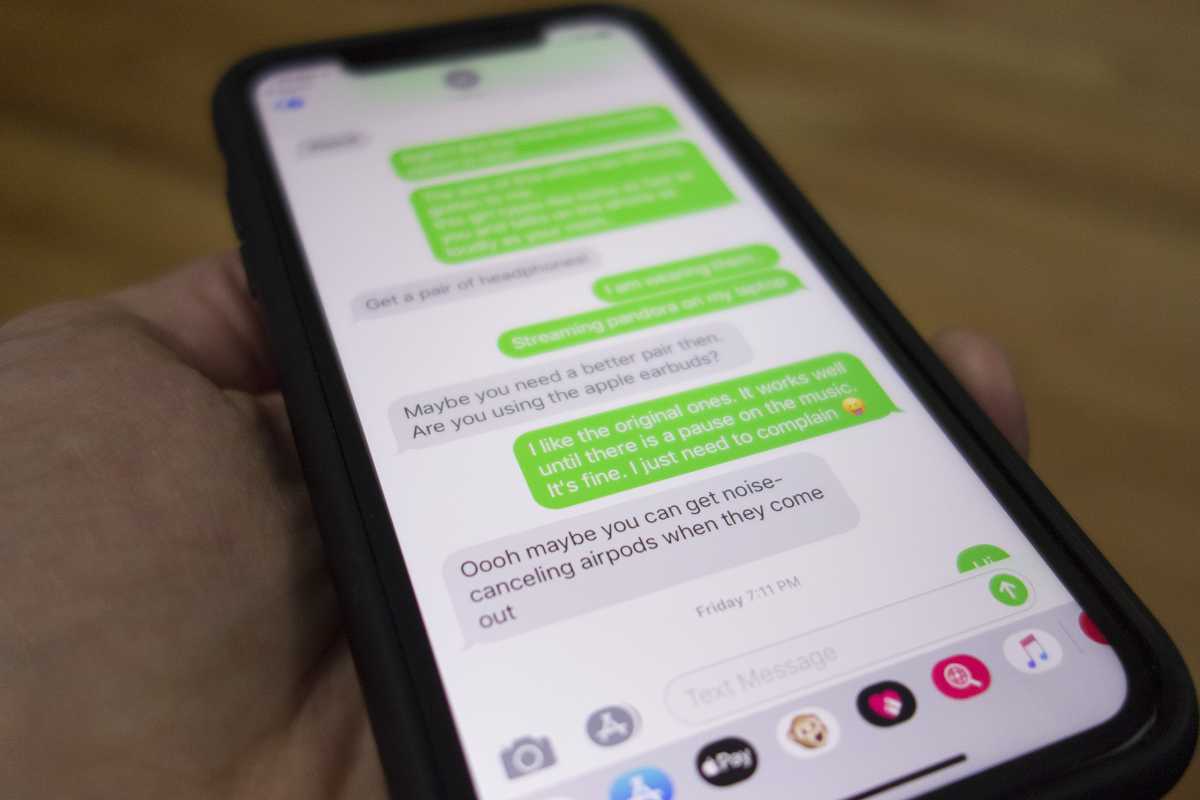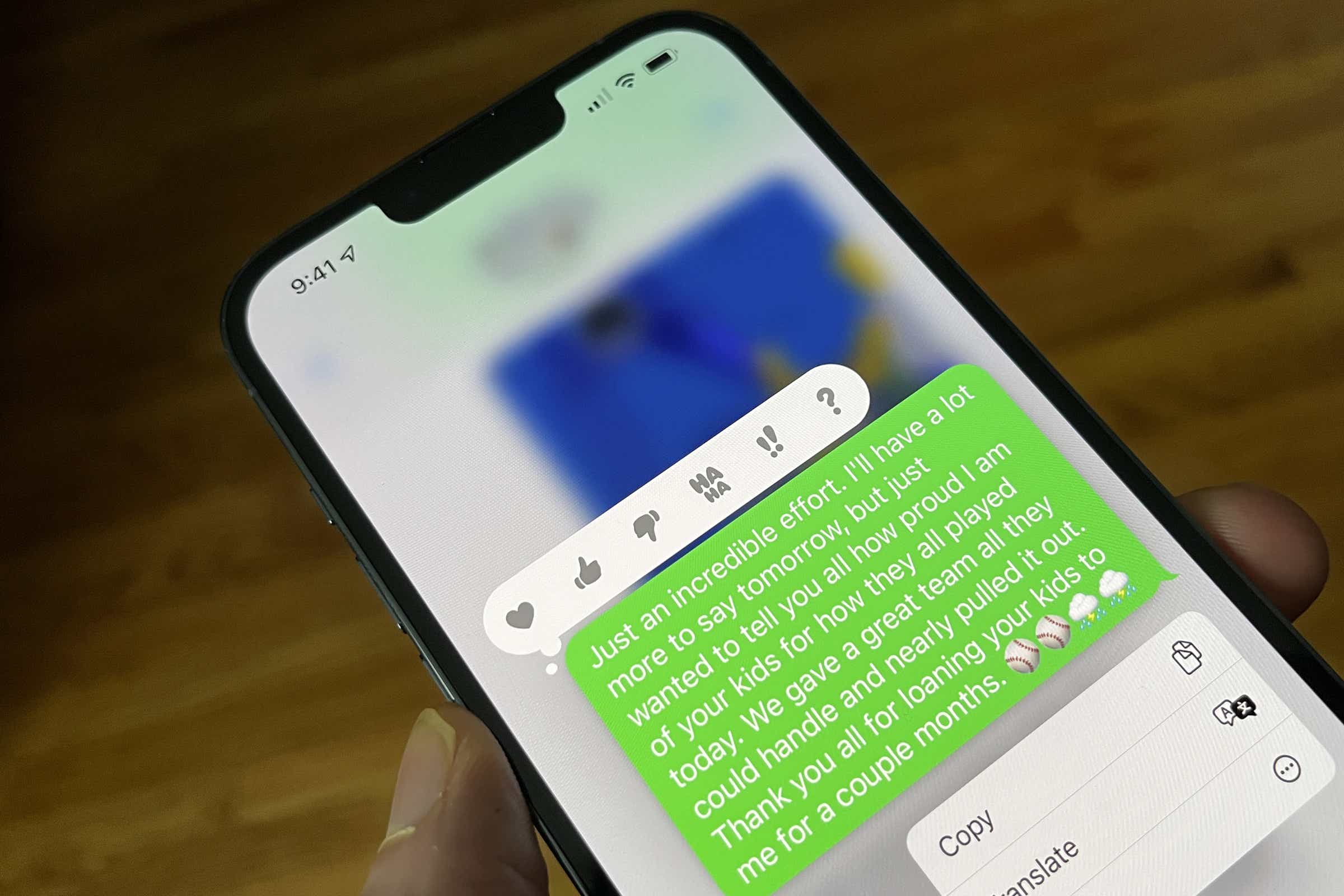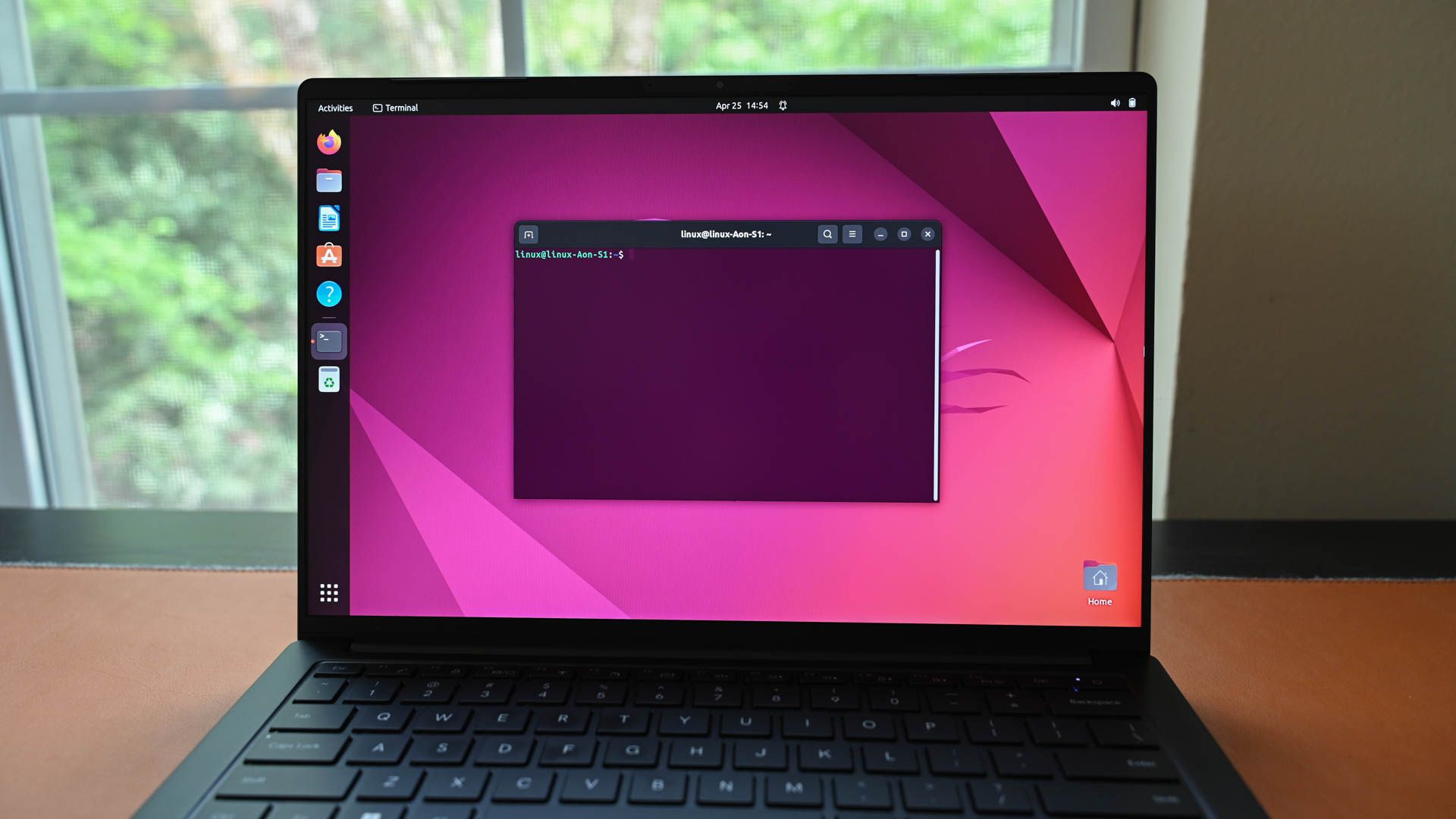
The Green Bubble Drama is dumb. Granted, like so many other stupid culture wars, it’s a decidedly American thing (that bleeds into a few other markets). In most of the world, the first thing everyone does with an iPhone or Android phone is download WhatsApp, which is creeping up on three billion users.
But in the incredibly valuable U.S. market, which leans heavily toward “premium” smartphones and their highly monetizable users, everyone just “texts.” Maybe that’s a byproduct of most smartphone sales here being made with big lock-in carrier deals, maybe we’re just too lazy to use anything other than the default app that comes with our phones.
Or it could just be because iMessage is so great. Back in 2011, it solved the biggest problems with texting: terrible file limits that make for bad-quality photos and videos, text limits, no read receipts or typing indicators, and no security at all. Best of all, it was a drop-in, “choiceless” replacement for SMS. If you’re on an iPhone, you just “text” someone and if they’re on an iPhone, it’s an iMessage. If not, it’s SMS.
That lack of choice, that ability for Apple to make a default that usurps the open standard automatically without any additional app download, account, or even a setting to enable, is probably why the company is finding iMessage at the heart of a lot of current legal and regulatory hand-wringing about “gatekeeping” and “interoperability.”
Second-class citizens
While Android phones are in the vast majority worldwide, iPhones represent a large majority of teenagers’ first phones here in the U.S. Teenagers. Social pressure machines. So much so that it’s an entire movie genre. And when a teen in the majority with an iPhone sends a text to someone with an Android phone, they don’t get the nice attractive high-contrast blue bubble, they get an icky lower-contrast green bubble (seriously Apple, darken the green a little).

The Green Bubble saga isn’t ending anytime soon.
Michael Simon/IDG
And they know that means the other person is an OUTSIDER. The tapbacks and reactions won’t work. The images will look bad. This Android person, this green bubble, is messing up my texting experience! And just one of them poisons the entire group chat!
It makes sense for Apple to visually denote the difference between iMessage and SMS. You should know, immediately, whether your messages are end-to-end encrypted or open for anyone to view (and likely logged by your carrier). You should know if the image you send is going to look good. You should know if you should even bother trying to send that video or not.
But Apple’s desire to make Android users into second-class citizens here, to make iPhone users exert social pressure on their peers, has been an extremely customer-hostile move. Yes, it has been effective at pushing teens to prefer iPhones. But we should be clear: If you are an iPhone user, Apple’s refusal to either adopt a better texting standard (RCS) or make iMessage for Android has harmed you, not the Android users. Apple made iPhone users’ texting experience worse to sell more iPhones.
The green bubbles aren’t going away
So Apple, after vocally opposing any sort of solution that would improve the ability of its own users to message 70 percent of the world’s smartphones without tearing their hair out, has finally relented and announced RCS support is coming to iPhone. It’s a great thing for both iPhone and Android users. And, with a release date of “later next year,” it’s about five years later than it should be. The GSM Association formally adopted the RCS Universal Profile back in 2016!
Is this an end to the Green Bubble Drama? Not if Apple can help it.

Android messages will still be green when Apple switches to RCS.
Foundry
The company confirmed to 9to5Mac that iMessages will continue to be blue, and not-iMessages will continue to be green, whether they’re SMS or RCS. This does make a certain amount of sense. Again, users should know whether their messages are end-to-end encrypted, and RCS messages currently are not. (Google has built its own extension to E2E encrypt RCS in its own app, but it’s not part of the standard. Apple says it will work with the GSMA to adopt a standardized solution.) And you can’t edit or delete RCS messages like you can with iMessages. Other iMessage features like stickers won’t work on RCS, and you can be sure that iOS 18 next year will add more iMessage features to make it better than RCS.
But do they need to keep the green/blue divide? Once a single “green bubble” in the group chat user no longer prevents everyone else from getting decent images, read receipts, or typing indicators, isn’t it fair to take them out of Green Bubble Jail and use a less-dramatic indicator? Apple is apparently not interested in taking Android users out of Green Bubble Jail, only in making the jail conditions a little nicer.
We’ll take what we can get. But whether it’s the iPhone moving to USB-C or Messages adopting RCS, I can’t help but feel that Apple only does the clearly right thing years after it should, and under protest. It’s frustrating when technology standards are adopted that are better than Apple’s solution and Apple refuses to support it in order to maintain its infamous “walled garden.”






